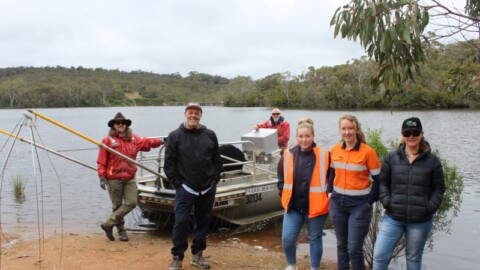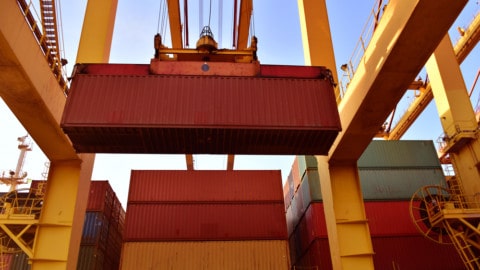Standards Australia has announced a world-first labelling standard to define what shouldn’t be flushed down the toilet, in an effort to prevent unflushable products clogging up sewers.
The final Australian and New Zealand standard sets out the criteria for determining if certain products are suitable to be flushed, and provides requirements to manufacturers for correct and informative labelling for consumers.
Unlike toilet paper, wet wipes don’t disintegrate in the wastewater network, despite many of these products being advertised as ‘flushable’.
They instead can cause pipe blockages, which can lead to sewage overflows into houses, streets or the environment.
Head of Engagement at Standards Australia, Roland Terry-Lloyd, said, “During the onset of COVID-19, we saw a toilet paper shortage, and people resorted to flushing inappropriate materials down the toilet.
“This standard will hopefully help mitigate the risk of blockages as it will provide clarity to both manufacturers and consumers on what can be flushed.”
SA Water’s General Manager of Customers and Commercial, Anna Jackson, said the standard is a significant step towards reducing the costs and environmental impacts caused by unflushables.
“We, like our fellow water utilities across Australia and the globe, continue to see wet wipes regularly flushed down into the sewer network, and it costs us hundreds of thousands of dollars each year to remove these unflushables from our pipes and treatment plants,” Ms Jackson said.
“This is not just an Australian issue either, with estimates suggesting UK water utilities spend up to $170 million each year clearing blockages and preventing solidified masses of fats and oils, known as ‘fatbergs’.
“While use of the new standard is voluntary, its introduction provides a clear outline for manufacturers, with a pass and fail criteria to determine if something can be safely disposed of down the toilet.
“We encourage everyone to keep an eye out for the flushable symbol, which could start appearing on products within months, and to continue only flushing the three Ps – (toilet) paper, pee and poo. If a product doesn’t have the symbol, or you’re unsure if it should be flushed, just put it in the bin.”
Products with the flushable symbol will need to pass six tests to ensure it is suitable for the sewers, including being able to readily break apart to pieces smaller than 2.45cm after one hour.
The manufacturer will also need to attest that the product does not contain any plastic.
Water Services Association of Australia Executive Director, Adam Lovell, said the release of the Australian and New Zealand standard is welcomed by the water industry.
“Clear specifications for manufacturers and clearer labelling for customers will help reduce what has become a major concern for the urban water industry, with increasing pipe blockages and extra costs for water utilities and customers due to inappropriate material being flushed down the toilet,” Mr Lovell said.
“We congratulate the urban water industry, manufacturers, suppliers and consumer interest groups for their commitment and contributions to developing this important standard, which is already receiving attention with other countries expressing interest in adopting it.”
Image: Unflushable items clogging up Australian sewers. Image courtesy of SA Water.














